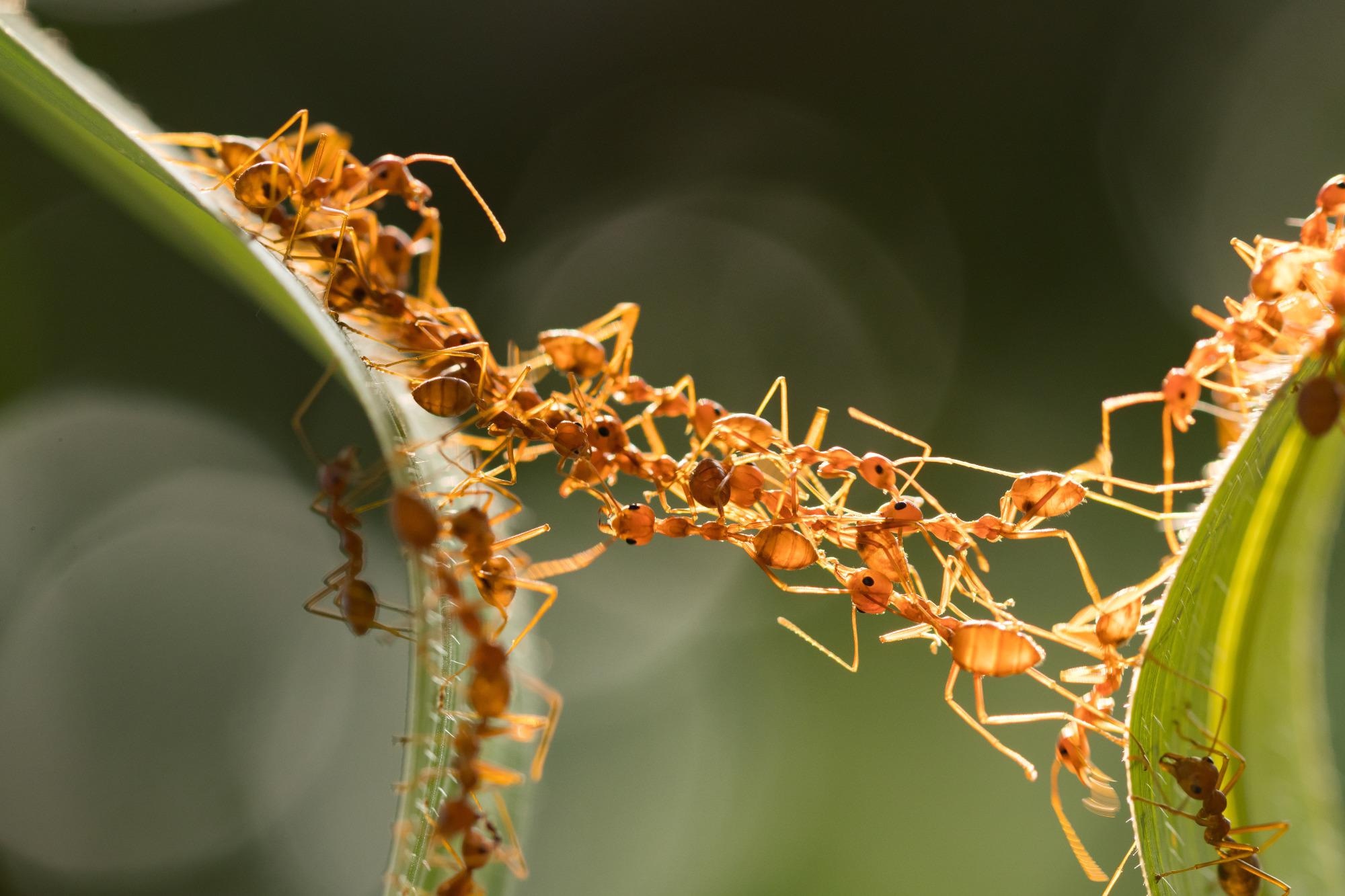Climate change impacts all species on the planet in one way another, and now a group of researchers at the University of Liverpool have turned their sights towards a study on how different ant populations are impacted by and respond to a changing climate.

Image Credit: Shutterstock.com/frank60
Ants are one of the most prevalent insects on the planet, in both number and biomass, found on every continent, except for Antarctica, playing a key role in their environment.
While ants contribute to important ecological processes such as turning and aerating soil to allow water and oxygen to access the roots of plants, their reaction to a changing climate is, for the most part, unknown.
The University of Liverpool researchers have conducted a review of the existing academic literature and studies published, which largely related to the response of ants towards temperature changes.
Publishing their own findings and response in the journal Global Change Biology, the team address how eusociality could allow ants to adapt to, or even tolerate, climate change in ways that lone or isolated organisms cannot while identifying central geographic and phylogenetic hotspots of climate vulnerability and resistance.
How climate change affects ant populations and the wider impact this will have on the ecosystem is not particularly well understood. This study sheds new light on this issue. Ants are the most dominant insect in almost all ecosystems and play key roles in many ecosystem processes so any changes to their abundance and loss of some species will therefore have cascading consequences through the ecosystem.
Kate Parr, Ecologist, a University of Liverpool
Eusociality
Eusociality typically refers to the highest level of sociality organization. Eusocial species usually demonstrate the following characteristics: cooperative brood care (including care of offspring from other individuals), multiple generations within a colony of adults, and labor division into reproductive and non-reproductive groups.
Ants are extremely social insects that live in complex, organized colonies that vary in size, with a large body of non-reproductive worker ants typically serving a system that supports a smaller number of reproductive ants. There are those species that move further beneath the surface of the earth to reach lower temperatures to reproduce, while other colonies prefer warmer climes.
As solitary species must commit to a mode of survivalism in which they build their own nests, forage for food, lay eggs, etc., ant colonies do each of these tasks simultaneously, for example, in series-parallel.
It is this eusocial nature that may, in fact, allow ants to better adapt to climate change when compared to other solitary species.
Our research highlights those species and regions at risk from climate change but also those that may be capable of adapting to it. However, further research is needed in particular to better understand how ants respond to altered precipitation, CO2, or UV regimes and how this affects the wider ecosystem.
Kate Parr, Ecologist, a University of Liverpool
Ants and the Ecosystem
The team was able to determine that those species living in more tropical environments, especially in canopy/rainforest habitats, would be vulnerable to a changing climate and rising global temperatures. The team identified that future research and work should focus on these regions to better understand the impact and response of ant communities.
Minimal impacts are expected for those species that demonstrate the capacity to take advantage of their eusocial behavior to avoid increased temperatures for significant parts of their developmental and foraging activities. There could even be some benefit for some species, yet it is not known how ants will adjust to changes in precipitation, CO2 or UV regimes.
Furthermore, how various climatic changes will branch out through the complex food chain and intricate mutualistic networks of which ants are a key component are generally unknown, but the researchers expect that they could have a significantly profound influence on both ant colonies and the wider ecosystem.
As ants are ectothermic - they do not generate their own internal heat - they are reliable on and vulnerable to outside temperatures and climate change.
Therefore, the University of Liverpool researchers also suggest further investigations into the wider impact and contributions the eusociality of different ant species make to their surrounding habitat and ecosystem.
References and Further Reading
Parr, C. and Bishop, T., (2022) The response of ants to climate change. Global Change Biology, [online] Available at: https://onlinelibrary.wiley.com/doi/10.1111/gcb.16140
News. (2022) Social nature of ants provides protection from climate change - University of Liverpool News. [online] Available at: https://news.liverpool.ac.uk/2022/03/11/social-nature-of-ants-provides-protection-from-climate-change/
Disclaimer: The views expressed here are those of the author expressed in their private capacity and do not necessarily represent the views of AZoM.com Limited T/A AZoNetwork the owner and operator of this website. This disclaimer forms part of the Terms and conditions of use of this website.